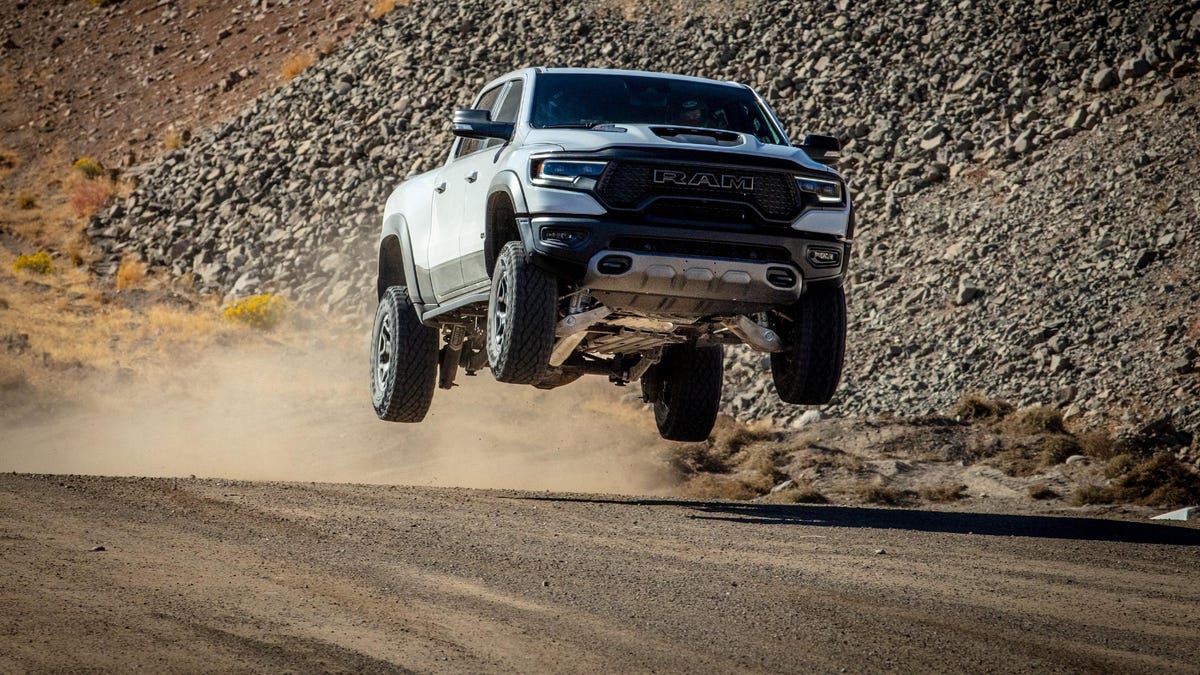[ad_1]
Automobiles are large now. That is recognized. These large autos kill extra folks than smaller automobiles — that is additionally recognized. But, when confronted with these information, automakers appear to favor complicated, costly, high-tech options to scale back crashes, when there’s a a lot less complicated possibility out there: Make automobiles smaller.
Wired spoke with the chief engineering and expertise officer for Stellantis lately, Ned Curic, and mentioned this precise downside — how one can amplify automobiles protected. Whereas he talked about the prospect of shrinking automobiles, he stopped wanting suggesting it for the States:
Some researchers and advocates have argued that automakers ought to push prospects to grasp that they don’t want a long-range electrical car with a giant battery to fulfill their day by day wants. Do you see prospects altering the way in which they consider battery vary?
I’m a giant believer in freedom for the purchasers to decide on what’s finest for them. Having that choice is critically vital. Stellantis is in actually fine condition from that perspective. We’ve a broad vary of autos. We’ve the Ami and the Topolino. We’ve the Jeep Wagoneer. We do must work on the Wagoneer, to place it on a weight-reduction plan a bit. [The gas-powered 2024 Jeep Wagoneer is around 6,000 pounds, depending on the specs; an electric version, the Wagoneer S, will be available in 2024.] I wouldn’t say we’ll push prospects. For a few of them, vary is at all times going to be vital. However we’ll have the choice, and finally prospects can be educated and resolve the place they need to go.
The Ami and the Topolino, whereas unbelievable little dudes, aren’t out there stateside. As an alternative, we get automobiles just like the talked about Wagoneer, which weighs roughly the identical as a small star — and may hit a pedestrian with the identical pressure of impression. When probed on that entrance, Curic had this to say:
We talked about ensuring automobiles are protected for his or her occupants, however what about pedestrians? Advocates fear that massive autos trigger disproportionate hurt to folks outdoors of automobiles. US regulators have proposed new guidelines that might push automakers to adjust to the identical form of pedestrian security requirements that exist already in Europe.
Numerous progress goes to be made on superior driver-assistance options enabled by sensors and cameras. Most of our autos are actually very, very good. If you happen to attempt to brake, and the system picks up that you just’re about to hit one thing, it’s going to add extra strain on the brake system to decelerate and cease the car. I believe the most important progress in pedestrian security goes to come back from that form of lively security.
We’ve to be very good in deploying lively security for vehicle-to-vehicle collisions. The trade and totally different international locations’ governments are dropping the ball on vehicle-to-vehicle communication and vehicle-to-infrastructure communication. For me, personally, that is very painful to watch. Lively security is one space the place the entire trade ought to get collectively and have the regulators make it very straightforward for carmakers to speak between automobiles, to grasp site visitors extra. Proper now we do a whole lot of experiments with vehicle-to-vehicle communication, however you might want to have extra automobiles on the highway with the expertise to make it helpful.
The answer, in Curic’s thoughts, is tech — not dimension. However tech will increase restore prices, dangers the security of your information, and may add hundreds of {dollars} to a automotive’s preliminary buy value. If security is locked behind a paywall, can trendy automobiles actually be known as protected?
[ad_2]

